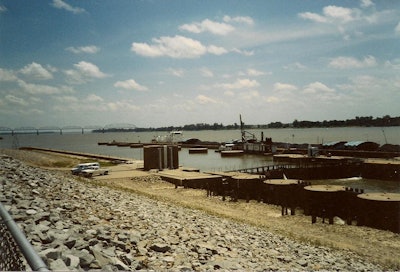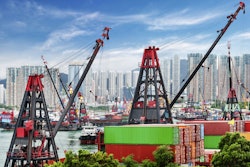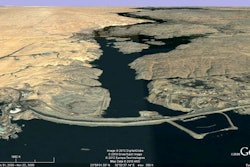
A traffic jam of over 800 boats and barges has formed along a stretch of the Ohio River, as maintenance work ties up one of the busiest domestic shipping routes for grain, coal and other natural resources, according to The Wall Street Journal.
The delays started nearly a month ago after the U.S. Army Corps of Engineers partially closed a lock outside Brookport, Ill. that allows vessels to navigate a portion of the Ohio River near where it feeds into the Mississippi River. That created a bottleneck that by midday Wednesday totaled 72 tow boats and 757 barges, according to Martin Hettel, a senior manager with AEP River Operations, a large inland river vessel operator.
AEP had seven of its own tow boats waiting in the snarl, moving about 105 barges, mainly of grain. The lock is expected to fully reopen on Friday.
The section of river that includes the lock is among the busiest for transporting commodities within the U.S., with nearly 100 million tons of freight—mostly corn, soybeans and other grains but also some coal and other resources—passing through the portion of river that includes the lock each year. Lock-and-dam systems allow barges to navigate between waters that are at different elevations by raising or lowering the vessels from one part of a river to another.
To read more, click HERE.

















